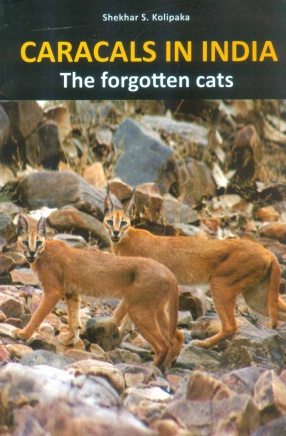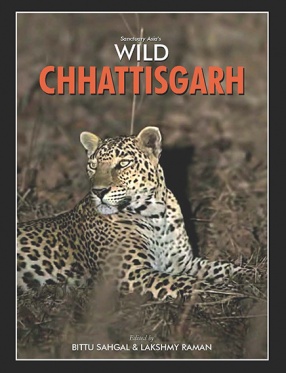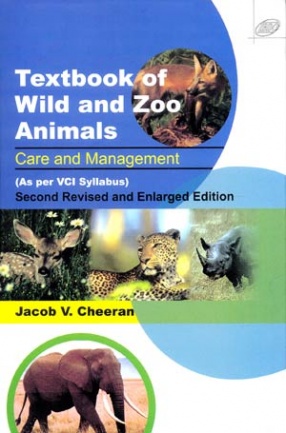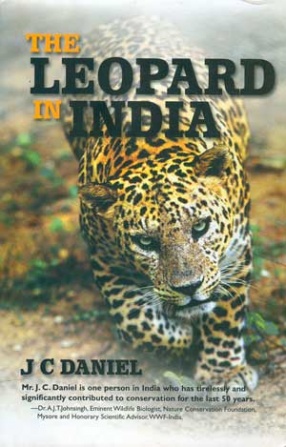Management of Elephants in Captivity
Asian elephant is a highly endangered species. There are believed to be fewer than 50,000 elephants in the wild and 16,000 elephants in captivity. Whereas it is necessary to protect wild elephants against ivory-poachers and secure their habitats and corridors, it is also essential to take steps for the welfare of their captive brethren. In fact, domestication has been accepted as a conservation tool for the Asian elephants as it provides a solution, better than culling, to the problem of over-abundance of elephants in areas where there is no chance of recovery of habitat and where human-elephant conflict has reached alarming proportions. But ironically, domestication of elephants also receives flak on grounds of cruelty and apathy exhibited by most of the owners and users for the captive animals. Solution lies is educating the elephant keepers and managers as well as creating awareness among the people who come in contact with this noble beast. This book seeks to serve this very purpose. Milroy was a great champion of the right of domesticated elephants to humane treatment. In his scheme of things, welfare of the elephant came first, last and every time. "A short treatise on the management of elephants"—a book first published in 1922, is based on his convictions. Although, this treatise was primarily written for the use by the forest officers in the north-eastern India, yet its underlying theme viz. ‘One must understand the nature and habits of elephants and adapt oneself to the regime desirable for these creatures to drive the most out of them’ has a universal and timeless appeal. The tips and guidelines provided by the author offer valuable ideas and food for thought to every one dealing with domesticated elephants. This book contains an edited version of the aforesaid treatise and an article by Milroy on elephant capturing. It also contains the rules for elephant capturing and training framed by Milroy –first such attempt for rationalising the process in Assam. This book contains an exciting article by Chris Wemmer on the life and times of Milroy.
Get it now and save 10%
BECOME A MEMBER








Bibliographic information
Tags